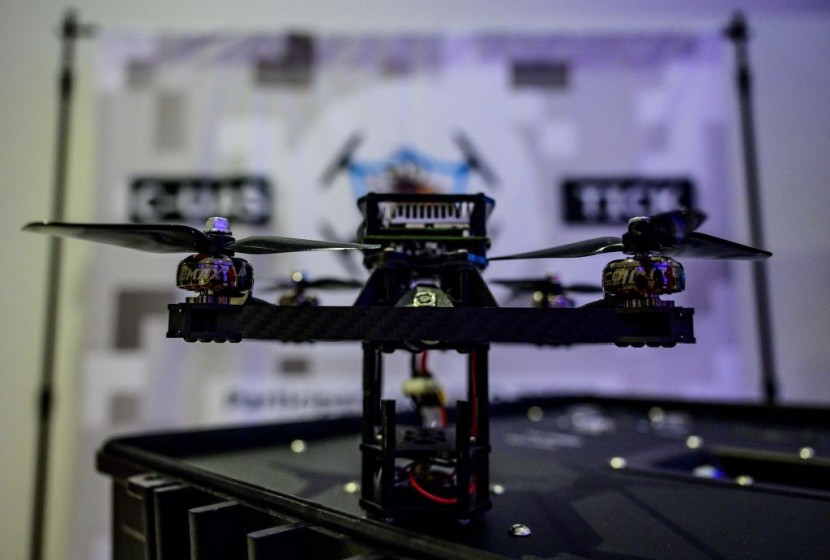
According to defense experts, a Russian drone that is a duplicate of a Chinese drone is mostly constructed of Chinese parts. This specific drone copter was made by the UAV manufacturer Almaz-Antay and received a lot of criticism.
Russian Replicates Chinese Drone
However, the company and other Russian critics countered by emphasizing how with technological and industrial interaction, and given that this was only a prototype, Russian self-sufficiency in crucial aircraft components electronics is set to increase.
Despite dominating in modern military technology, Russia has remained poor in electronic components that need motherboards, chips, processors, and circuitry for computers, according to Euro Asian Times.
Almaz-Antey, the nation's top missile producer, showed off the Dobrynya quadcopter in late November. By the end of the year, the company planned to create 1000 of these unmanned aerial vehicles, according to sources.
For fundamental combat operations like surveillance, information collection, and primarily artillery firing modification, both Russia and Ukraine heavily rely on the Chinese company's mass-produced, readily available, and functional UAVs.
Chinese drones are used by both Russia and Ukraine for a variety of purposes on the battlefield, including information gathering and guiding artillery fire, as per Military Today.
Even the freshly trained and outfitted 300,000 Russian recruits were shown by the website. Their curriculum includes a sizable portion on drone combat as well as drone flying. Chinese unmanned aircraft have been utilized often; even recordings of recruits' training that were sanctioned by the Ministry of Defence (MoD) show DJI drones being used.
UAV Firm Responds
A specific remark clarifies Russia's fledgling efforts to establish microelectronic manufacturing and how indigenization would become a gradual, rather lengthy process. According to one of the comments highlighted, it is not necessary to copy the Chinese Nazgul quadcopter in order to call it Dobrynya.
The company stated that it will produce them if there is a market for them, adding that while it is probably not possible to construct them entirely in Russia, the company will be able to supply the essential parts.
The company declared it not presumably unlikely to make it Russian-made, but Almaz-Antey would be able to build up an industrial growth of battery packs, motors, rotor blades, data transmission units, remote controls, and video recorders. The company said it will make them if there is a demand for them.
It may be made at home using domestically manufactured tools like 3D printers and imported parts for the other parts, according to commentators. It seems to be the final thing that has to be done. Per News Unrolled, Almaz-Antey provided a response on the subject, clearing up any questions. It desires a steady rise in domestically produced UAV components.
Yegor Shcherbakov, the head designer at the Obukhov Factory, which manufactures the quadcopter, was mentioned by RIA Novosti in an effort to highlight the fact that the drone does contain a sizable proportion of domestic components, including a flight control system, frame, boards, software, case, wires, circuit boards (PCB), and motors.
The drone manufacturer did explain everything and defended their UAV when it was claimed that it was a Russian duplicate of a Chinese model.
Related Article : US HIMARS Will be Affected by Freezing Winter; New Russian Upgrades for Weapon Systems, Challenging the MLRS








